Imagine being so small that everything around you poses a threat, from hungry birds to sneaky lizards lurking in the undergrowth. Now picture having the power to unleash a chemical explosion from your own body, turning the tables on any attacker. That’s the astonishing reality of the Malaysian Bombardier Beetle—a tiny insect with a defense so dramatic, it has left scientists and nature lovers both amazed and inspired. This beetle’s explosive talent isn’t just a quirky trick; it’s a masterpiece of evolutionary engineering, packed with scientific marvels and unexpected drama. Welcome to the world of the insect that doesn’t just run from danger—it blows it away.
The Marvel of Evolution: What Makes the Bombardier Beetle Unique?

The Malaysian Bombardier Beetle stands out in the insect kingdom because of its one-of-a-kind defense mechanism. Most insects rely on camouflage, speed, or foul-tasting chemicals to avoid predators. But the Bombardier Beetle goes further, deploying a literal chemical explosion. This isn’t just a minor puff of smoke—it’s a rapid-fire reaction that can reach nearly boiling temperatures. The beetle’s ability to weaponize chemistry for survival is not only rare but also astonishingly precise, making it one of nature’s most effective escape artists.
Where Does the Malaysian Bombardier Beetle Live?
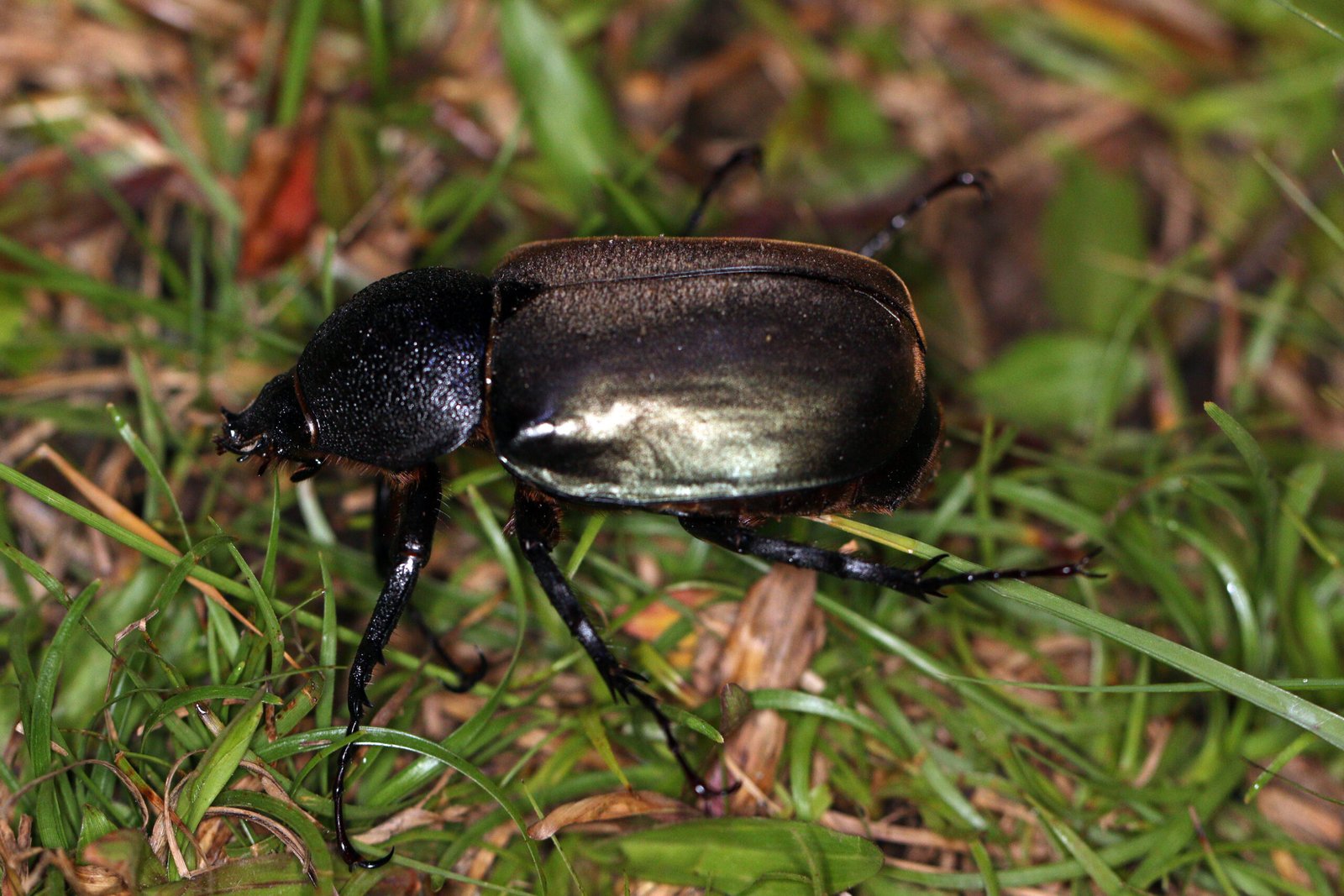
This fascinating beetle finds its home in the lush rainforests and damp undergrowth of Malaysia. The dense foliage, humid climate, and plentiful food sources make Malaysia the perfect environment for the Bombardier Beetle to thrive. These beetles often hide under leaves, logs, or stones during the day, emerging at night to hunt for small insects and to avoid the many predators that share their habitat. The Malaysian rainforest, with its astonishing biodiversity, offers both opportunity and danger—shaping the beetle’s incredible defense strategy.
The Science Behind the Explosion: How Does It Work?
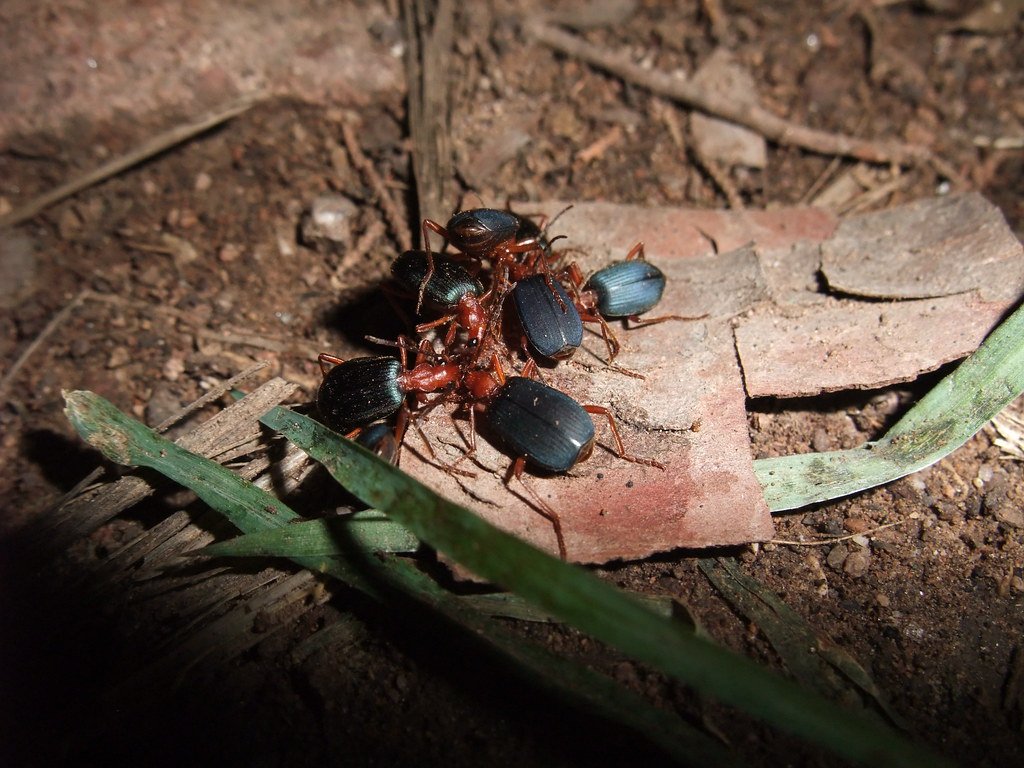
The Bombardier Beetle’s explosive defense is a marvel of natural chemistry. Inside its abdomen are two separate chambers—one filled with hydroquinone and another with hydrogen peroxide. When threatened, the beetle contracts its muscles, forcing the two chemicals to mix in a special reaction chamber lined with catalytic enzymes. The result is an instantaneous reaction that produces a burst of boiling, noxious chemicals. This mixture is then forcefully expelled through a small, swiveling nozzle at the rear of the beetle, creating a popping sound and a visible puff of hot vapor.
Firing Mechanism: Nature’s Tiny Artillery
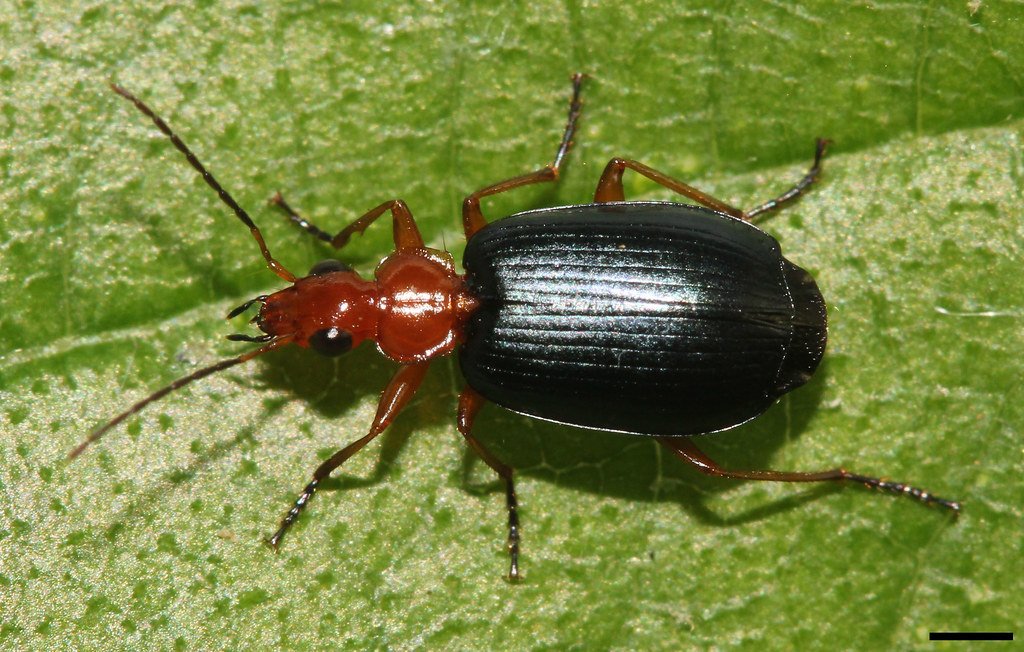
Astonishingly, the beetle can aim its chemical spray with remarkable accuracy. Its flexible abdomen allows it to target specific threats—whether a predatory ant, a curious frog, or even a human hand. The spray is delivered in rapid-fire pulses, not a single burst, allowing the beetle to conserve its chemical ammunition and adjust its aim mid-attack. This level of control is so advanced that researchers have compared it to the precision of modern military technology, but on a microscopic scale.
Why Explode? The Purpose Behind the Defense

For the Malaysian Bombardier Beetle, survival is a daily battle. Its explosive defense isn’t just a random act—it’s a carefully evolved strategy. Predators that try to eat the beetle are met with a sudden, painful blast of hot chemicals, often causing them to drop the beetle immediately. The experience is so unpleasant that most animals remember it and avoid the beetle in the future. This makes the explosion not just a way to escape, but a warning to the entire animal community: “Mess with me, and you’ll regret it.”
Predators and the Beetle’s Place in the Food Web

Despite its small size, the Bombardier Beetle is an important player in its ecosystem. It preys on other insects, helping to keep populations in check. At the same time, it’s a target for larger predators like birds, reptiles, and amphibians. The beetle’s explosive defense allows it to survive encounters that would otherwise be deadly. Over time, some predators have learned to recognize and avoid the beetle, while others, like certain birds, may try to swallow it quickly to avoid the spray—sometimes with painful consequences.
How Do Young Beetles Learn to Defend Themselves?

Young Bombardier Beetles, or larvae, don’t have the full explosive arsenal of adults, but they’re not defenseless. As they grow, their chemical glands develop, and they gradually gain the ability to produce and expel the hot spray. This process ensures that even juveniles have some protection, though they rely more on hiding and quick movements. As they mature, their defense becomes more powerful and precise, making them truly formidable despite their size.
The Explosion’s Impact on Science and Technology
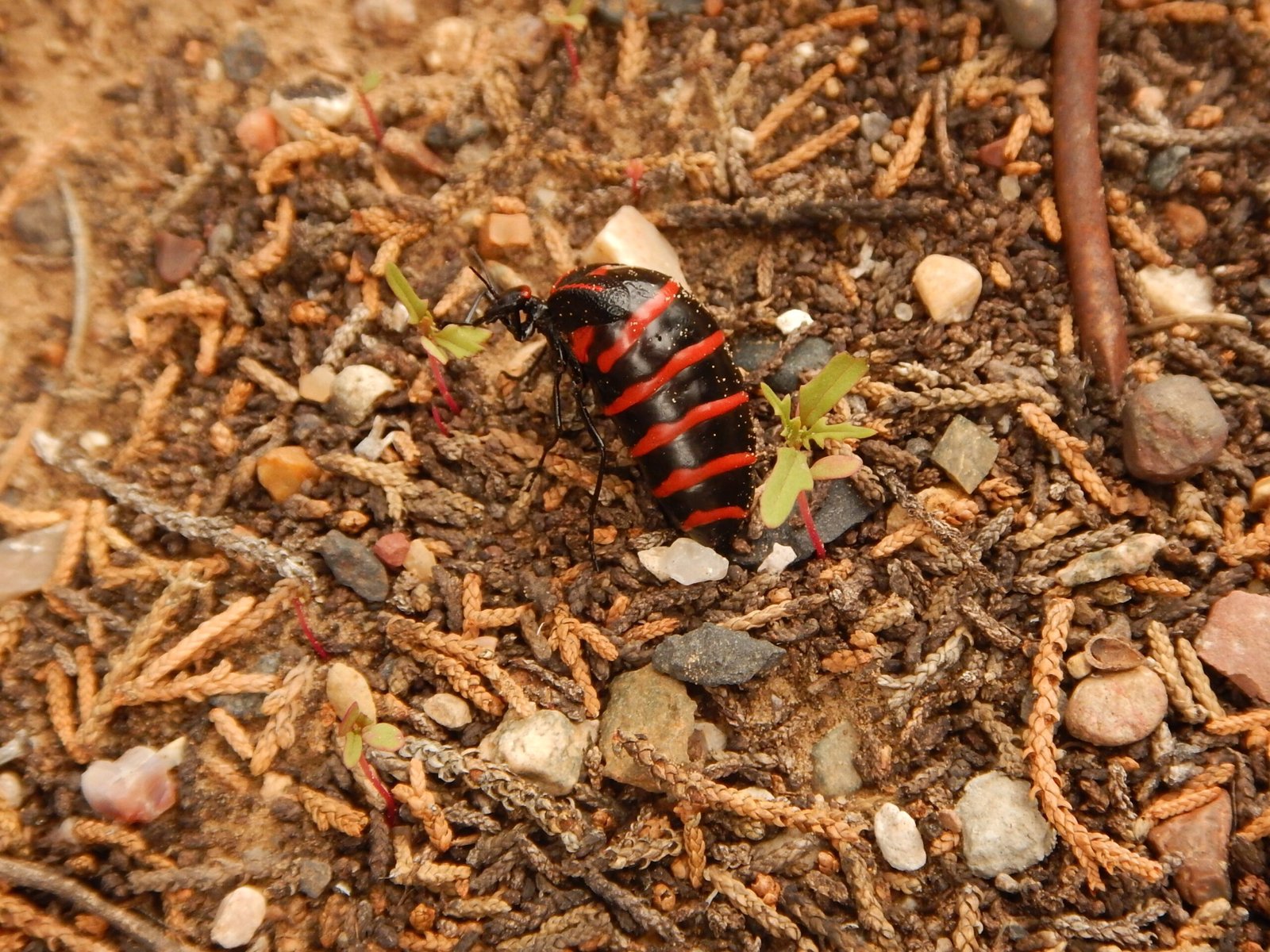
The Bombardier Beetle’s defense has fascinated scientists for decades, not just for its shock value but for its potential applications. Engineers and chemists have studied the beetle’s ability to control rapid chemical reactions, hoping to mimic it in technology. Its precision spray mechanism has inspired new ideas in microfluidics, fire extinguishers, and even drug delivery systems. The beetle proves that sometimes, the tiniest creatures can offer the biggest breakthroughs.
Myth-Busting: Common Misconceptions About the Bombardier Beetle

Many people believe the Bombardier Beetle’s explosion is dangerous to humans, but in reality, the spray is more startling than harmful. While it can cause mild irritation if it gets on your skin or eyes, it’s not deadly or toxic to people. Another myth is that the beetle can explode only once, but it can actually reload and fire multiple times in quick succession. These facts showcase the beetle’s resilience and adaptability, qualities that have helped it survive for millions of years.
Conservation Concerns: Is the Bombardier Beetle at Risk?
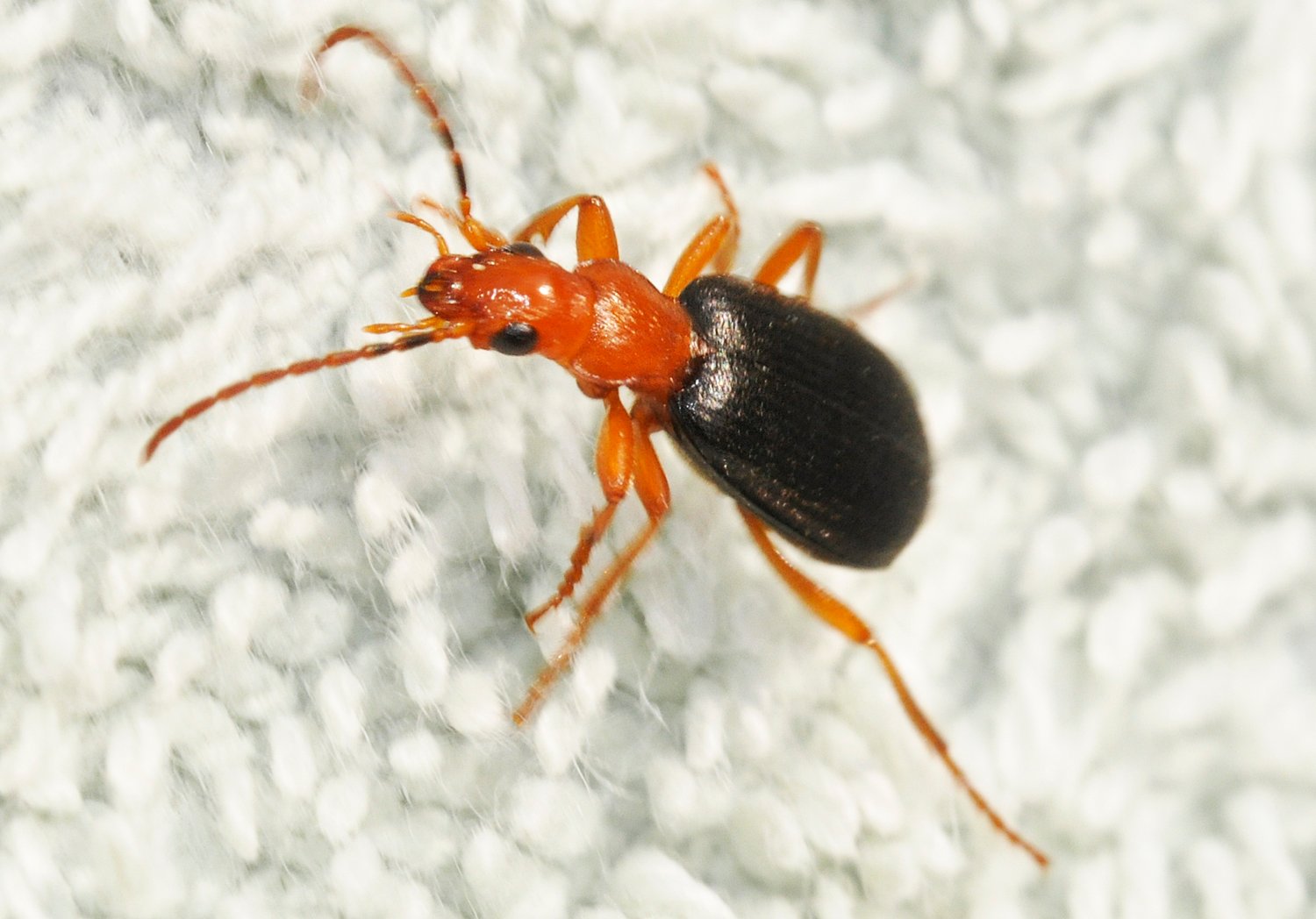
Like many creatures in Malaysia’s rainforests, the Bombardier Beetle faces threats from habitat loss, deforestation, and climate change. As their homes disappear, these beetles may struggle to survive, taking their incredible defense mechanism with them. Conservationists are working to protect rainforest habitats, not just for the beetle but for all the unique species that call this ecosystem home. The fate of the Bombardier Beetle serves as a reminder of how interconnected and fragile our natural world truly is.
Final Reflections: The Wonders of Nature’s Arsenal
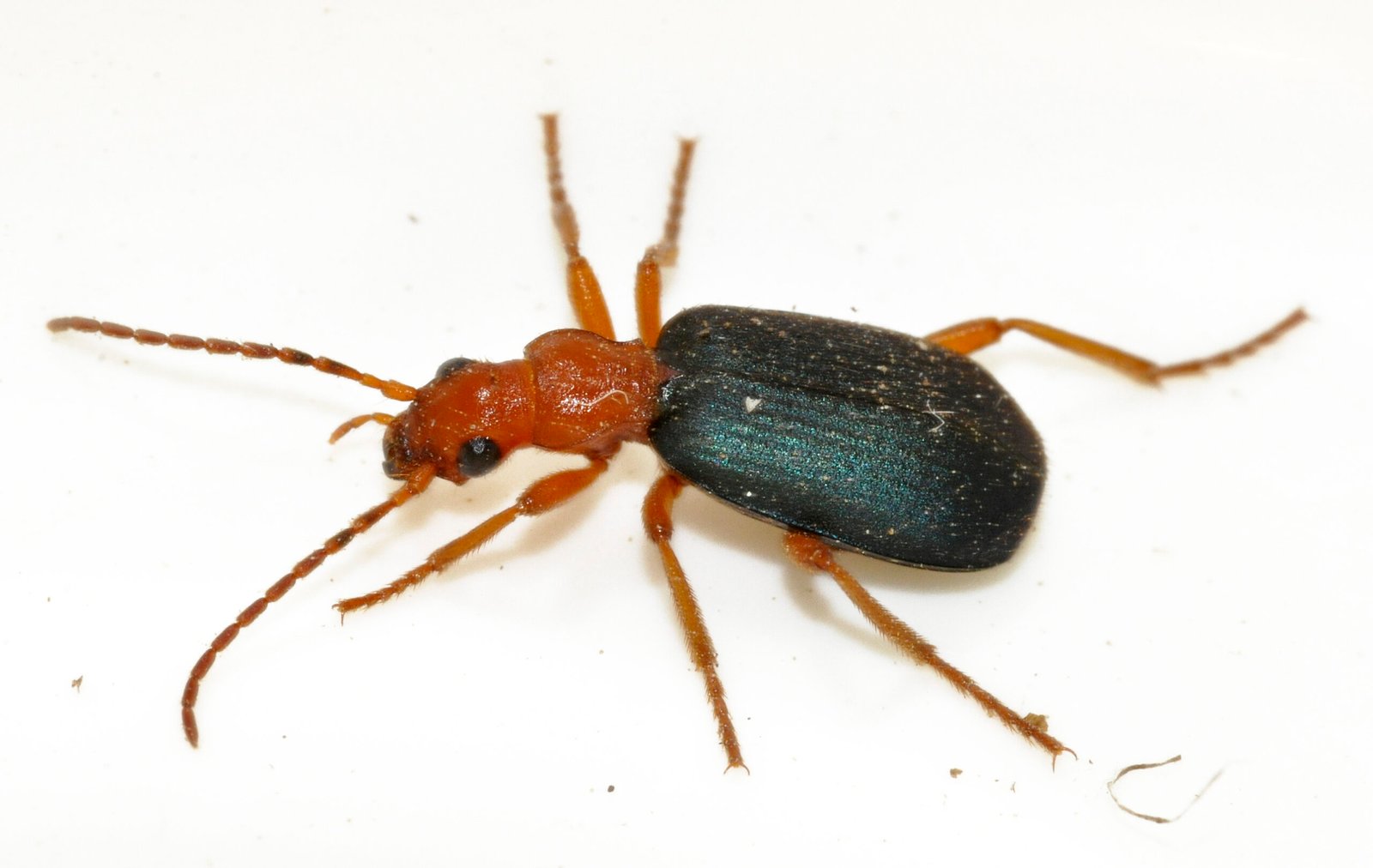
The Malaysian Bombardier Beetle stands as a testament to nature’s ingenuity and the power of adaptation. Its explosive defense is both a survival tool and a source of inspiration for science and technology. By understanding and protecting such remarkable creatures, we gain deeper insight into the wonders and complexities of life on Earth.




